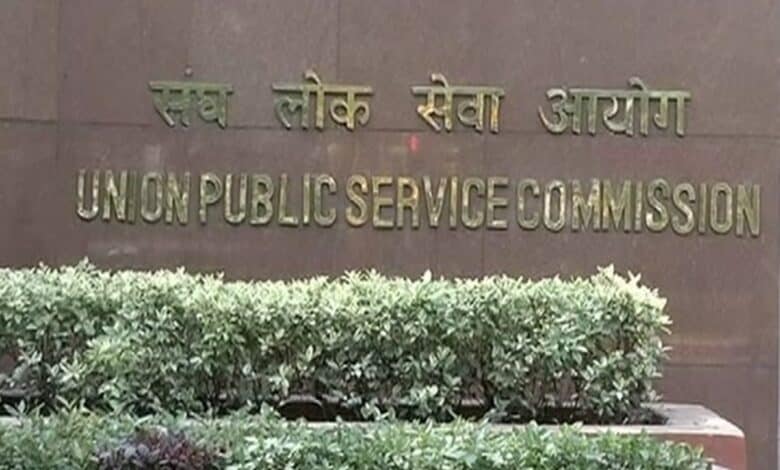Kolkata: Rising input costs, low price realization put tea industry in limbo in 2023

This is another example of an industry facing an uncertain future, troubled by rising input costs and low recovery of oil prices, making operations unviable. The leading organization of planters, the Indiana Tea Association (ITA), estimates that, although tea prices have increased at a compound annual growth rate (CAGR) of 4% over the past decade, the costs of carbon and gas inputs have increased simultaneously. 9-15 percent tax. ITA Secretary General Arijit Raha said that there has been a worrying decline in the price recovery trend in 2023 compared to 2022. “Although the costs of factors of production have increased, tea prices are not increasing proportionately. This shows that the industry is going through a crisis,” Raha said. ITA said that the increase in small producers of tea (STGs) will lead to rapid increase in production. Due to almost stagnant internal consumption and disappointing export scenario, there is a surplus in the system. According to Tea Board data, exports of the beverage declined by 4,93 percent between January and September to 157,92 million kilograms in 2023. In the same period of 2022, shipments stood at 166.11 million kilograms. Industry sources said the export outlook remains gloomy, as shipments to India are at risk due to payment problems. The iron market accounts for about 20 percent of India’s tea exports, causing exporters to face financial difficulties. Data shows that India’s total tea exports will be 231 million kg in 2022. “2023 is a bad year for STG,” said Bejoy Gopal Chakraborty, president of the Confederation of Associations of Indian Small Producers of Tea (CISTA). “2023 is a bad year for STG. The cost of production is higher than the prices, which is affecting the tea industry. It is not viable for us. It’s hard to keep up.” Chakraborty warned that if this trend continues, many STGs may be forced to return to ports. STGs, which operate on properties of less than one hectare, contribute more than 55% of India’s total tea production. In Bengal Occidental, about 65 per cent of the total production comes from STGs. Chakraborty said there are about 3 lakh STGs deployed in the country, most of which are based in Assam, West Bengal and some states in southern India. Also read: Mamata collects tea leaves from North Bengal and balances pears with workers Tea Board data indicates that production in the country, especially in North India, will decline by 2023, or will largely be driven by adverse climatic factors and pest attacks. India’s total tea production in 2022 was 1.365 million kg. If these STGs are affected, it will also have a negative impact on the Bought Leaf Factories (BLFs). An ITA also suggested that the government provide financial assistance to Darjeeling’s tea industry to avoid impending crisis. Another industry body, the Tea Association of India (TAI), also expressed concern about the crisis in the plantations of Bengal do Norte. “Around 13 to 14 plantations in the Dooars, Terai and Darjeeling regions were closed, affecting more than 11,000 workers,” TAI general secretary PK Bhattacharya said. A region of Bengal do Norte produces about 400 million kilograms of tea annually in about 300 plantations. TAI highlights that the increase in input costs is detrimental to the operational viability of tea gardens in North Bengal. In agreement with TAI, price realization in Siliguri Tea Oil Committee was lower in 2023 compared to 2022, further impacting the viability of the industry in the region.
















